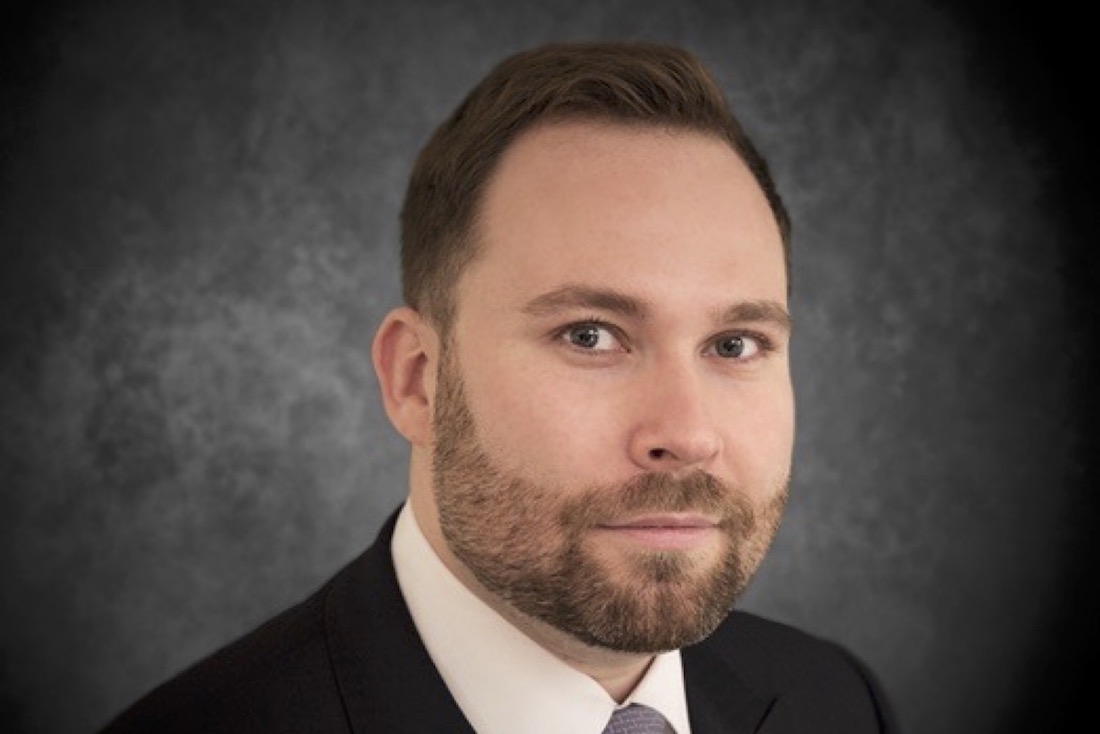Computers are starting to outpace humans when it comes to investment, according to an experiment from Finder.com, which compared strategies from artificial intelligence technology ChatGPT against top UK managers.
The analysts asked ChatGPT to create a portfolio of 38 stocks from high-quality businesses with criteria taken from the leading 10 funds against which it was competing.
Finder.com says that over the 40 days to 23 March 2023, the portfolio of 38 stocks has risen 4.93 per cent, against an average loss of 0.78 per cent for the 10 most popular funds which included some from Vanguard, HSBC and Fidelity.
Whether this convinces investors that AI is a better – and ultimately cheaper – alternative to the human touch remains to be seen, but it certainly forms part of a compelling argument.
Another business hoping to convince investors of the virtues of AI as a competent asset manager is Castle Ridge Asset Management, whose CEO, Adrian de Valois Franklin has built an “evolutionary computing-based artificial intelligence system for active dynamic portfolio management”.
WALLACE as the system is known – named after British scientist Sir Alfred Wallace who co-discovered the theory of natural selection – “is a proprietary Artificial Intelligence technology designed to create, maintain, and evolve investment portfolios consisted of highly
diverse asset classes”.
WALLACE analyses a wide range of technical data covering thousands of securities at any one time and can include decades of historical data; capability that saw Castle Ridge up 6.3 per cent last year for a 1.9 Sharpe.
de Valois Franklin welcomes the buzz AI is creating in the investment industry, but says that the difference between systems such as ChatGPT and WALLACE is transparency.
“The conversation [Castle Ridge has] with institutional allocators has really changed around the question around transparency. So neural nets, deep learning, even GPT are fantastic tools, and you can discover great patterns that didn’t exist before. But they are still a Blackbox and you cannot necessarily explain what’s going on inside.”
He adds: “We have developed a system that’s completely transparent. WALLACE can tell us why it has chosen a particular security and flag the reason it is picking this stock for a portfolio.”
This transparency may well prove critical as regulators including the Competition and Markets Authority (CMA) in the UK and Federal Trade Commission in the US investigate the underlying technology and systems driving AI innovation.
These investigations follow the share price hammering taken by education providers including Pearson and Chegg, after they announced AI was harming their business.
De Valois Franklin acknowledges there may be corresponding concerns across the asset management industry if AI-powered companies can manage billions of dollars of investment for a fraction of the cost of those run by human-fronted outfits.
“It does take a lot of resource to run WALLACE, but it’s a lot less than if we had hundreds or thousands of portfolio managers running the same money. We do have a big competitive advantage.”
This January Grand View Research forecast the global AI in asset management market size toreach USD13.43 billion by 2027, expanding at a CAGR of 37.1 per cent from 2020 to 2027.
However, de Valois Franklin says that since Castle Ridge does not use AI to augment existing investment management process and is instead a “pure play AI hedge fund”, it has little to fear from increasing competition.
“We’ve been told by certain institutional clients when people are talking about AI hedge funds, they’re usually talking about Castle Ridge as the new breed of pureplay AI players, rather than the old guard which of course is trying to get up to speed.”
He adds: “We’re not taking anything away from them, but they’re using machine learning now to augment processes that already exist and that comes with some structural or institutional challenges. You’ve got very highly paid people whose motivation is to keep their job and so AI ends up being a tool rather than running the entire process.”







